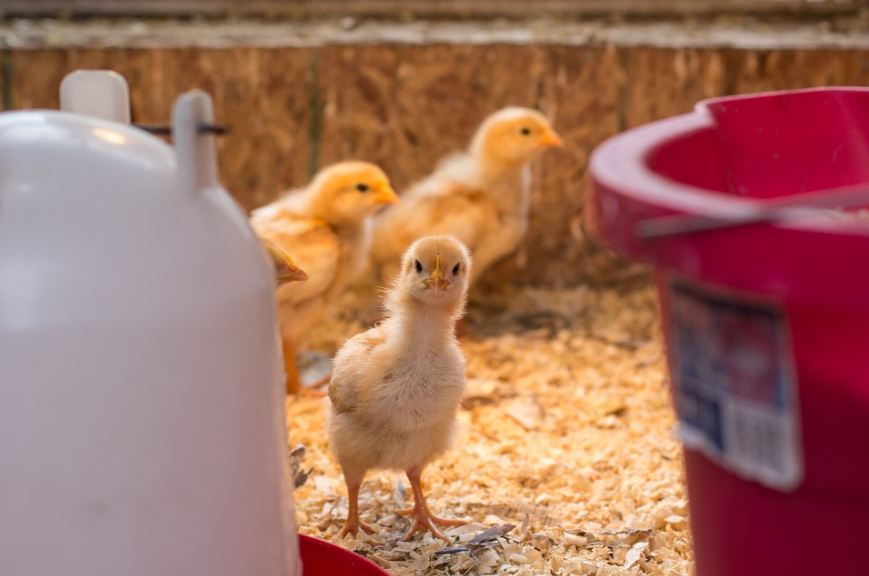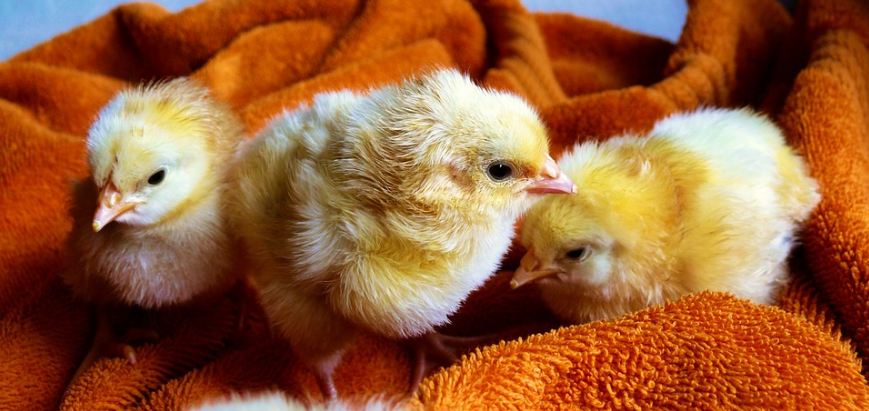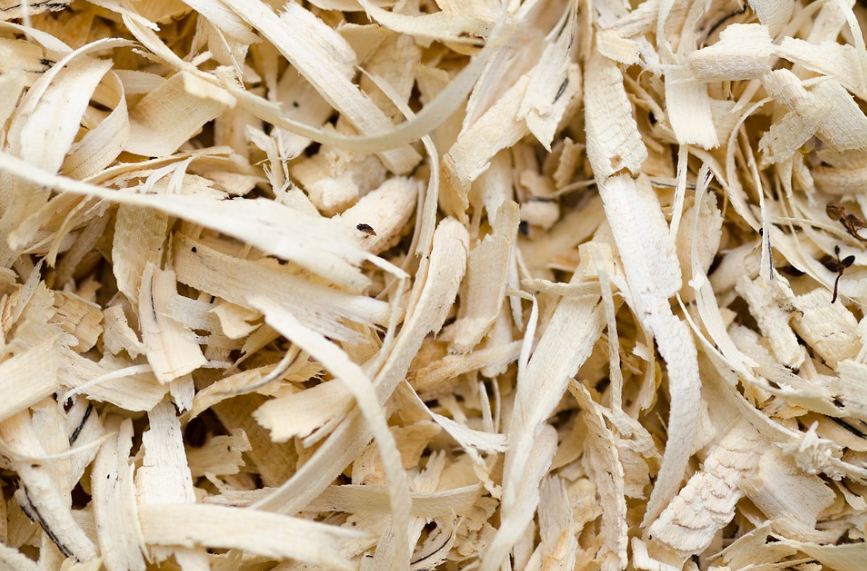Raising chicks may be pretty taxing if it’s your first time, especially if you don’t know the basics of brooding and lack the necessary stuff for doing it. It would be best if you had a well-prepared chicken brooder equipped with the proper supplies needed for housing the chicks and keeping them well-fed and warm. Luckily, this article will help ensure that your baby chicks will receive the best care possible.
Here are seven essential items you would need for chicken brooding:
Chick Brooder Area or Guard
You will first need a brooder area or a draft-free place to house your chicks. There are feed and farm supply stores that sell large tubs for this very purpose, and you can also get specialized brooders equipped with heat. A brooder can also be built from a kiddie pool, plastic tub, cardboard, or any other suitable large container. If you decide to create a do-it-yourself brooder area, ensure that it provides at least two square feet of space for each chick.
Chick Brooder Heat Lamp
Unless you own a complete chicken brooder with a heat source, you’ll require a brooder heat lamp with a 250-watt bulb to keep your chicks warm. This lamp size will warm around 75 chicks at a temperature of 50 degrees Fahrenheit. It’ll do you well to buy two bells, so you’ll have a backup in case the other one burns out. Your chicks will die if they get too cold.
The lamp must have a housing with a metal safety guard to prevent a fire from starting if it falls (the 250-watt bulbs tend to run very hotly). It’s also helpful to have a height-adjustable lamp or one with means for moving to regulate temperature.
The area below the bulb should be 95 degrees Fahrenheit the first week; then, it must have a 5-degree decrease every week until the chicks are completely feathered out. This process takes around six weeks or until the nightly temperature outdoors reaches the target temperature.
Chick Waterer
Simple Mason jars with bases will make do for chick waterers for the first couple of weeks. You’ll find the jars needing refills more often as your chicks grow. Try utilizing two half-gallon Mason jars with bases for every 25 chicks and refilling them every two or three days. Each base must have a little trough that the chicks have access to without falling in (if they did and become chilled, they may die).
Once your chics are a little bigger, they can handle a larger or gallon-size waterer. After around two weeks, switch to a 5-gallon metal waterer. Set the waterers on a piece of wood or other makeshift stands to avoid shavings dropping into the water.
Chick Feeder
Chick-sized feeders can help for the first week of brooding. They have holes the chicks can peck through, designed so that they can’t get inside the feed a poop in it, which means you save money you’ll spend on wasted feed that offsets the price of the feeders.
Allow unrestricted access to the feeder at all times. On the first day, spread some chick feed on a piece of cardboard, then tap it. The chicks will quickly find the feed, and the sound of the beaks hitting the cardboard will lead the others to the sound. After a week or two, switch to a tube-style feeder, but leave the chick and new feeders out together for a day or two to ensure they find the new food.
Chick Bedding
Just like older hens, chicks need bedding too. The best ones are pine shavings, as hay or straw can easily get lost. Although, many start the chicks on a newspaper encased with hardware cloth. However, it’s essential to avoid starting baby chicks on newspaper alone since it’s too slippery. which can cause chicks to develop a condition called “spraddle legs.”
Chick Starter
Feed your chicks high-quality feed or chick starter. Always adhere to the feeding recommendations of the manufacturer, as different feeds transition at varying rates.
Important: Chick starter feed comes in non-medicated and medicated formulas. If your baby chicks are vaccinated for coccidiosis at the hatchery, don’t use the medicated feed. If they’re unvaccinated, you might want to give them medicated feed for added protection.
Chick Supplements
Chick supplements can aid your their growth. Examples of such are:
- Gro Gel Plus- a gel you feed to new hatchlings to assist them in locating the feed.
- Quik Chik- an electrolyte and vitamin powder you add to the chick’s water.
- Diatomaceous earth (food-grade)-can be sprinkled in the feed to further prevent diseases. When the chicks are older, spread it in the coop (make sure to wear a respirator) to exterminate mites.
- Grit- helpful after the first week if the chicks have any access to worms or bugs. This also enables them to better digest “real” food.



